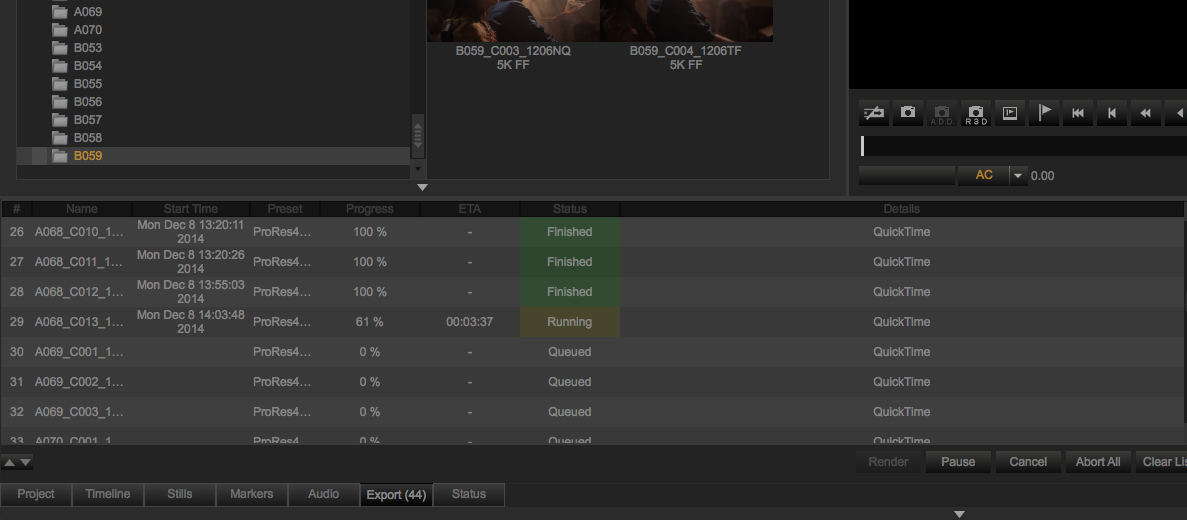Would you edit RAW if you could? - Day 11 of Editing Bite
/Just the other day I was having a discussion with someone about online vs offline editing and which one we tend to do.
My editor friend was saying that he almost always goes for an offline workflow because of the obvious advantages (less processing required, smaller file sizes to deal with, etc.) plus saying there rarely is an actual NEED to edit with raw footage.
I tend to play devil's advocate a lot (that is, I like to argue and debate to make good conversation) so my argument was that if you COULD edit raw, then why wouldn't you? Less steps in the workflow, no need to create proxy files, no conform required in the end. Go straight to colour and vfx. Do not pass go.
Now that the debate is over and done with, I feel I have to be honest and admit that I've only edited straight through a project with raw footage once. Just once. And it was not all that it was cracked up to be.
So yes, even in a time when computers are beefier than ever (and increasing beefiness at breakneck speed each year) you CAN edit raw and do without creating proxy files...but to quote Chris Rock: "You CAN drive your car with your feet if you really wanted to, but it don't make it a good idea!"
Spending the extra time to transcode footage to ProRes is what we're all about when editing on location for Bite. See that screencap above showing the export queue in REDCINE-X? Yeah, that never ends. We aren't working with a REDRocket Card here so there's a computer running almost around the clock to squish the raw files down in to sizeable chunks that I can edit with.
Via a Videomaker.com article on the process of offline editing (http://bit.ly/1w6giIs)
And let's say I had an assistant editor working on this project. Would it be realistic for both of us to have copies of the raw footage here on set? And say that we could be turning scenes around next day for the director to watch and get giddy over? No. Freaking. Way.
Or if once we wrapped the director wanted to grab a copy of the project file and its assets so that he could look through the edit himself (which he does like to do)? That would mean another copy of the raw files that he would need as well as a pumped-up computer to work on.
So yes, I do have to admit that the extra steps for an offline workflow do make life easier in the long run.
I was inspired to write this today after also coming across this article on Videomaker about the offline process (http://bit.ly/1w6giIs).




